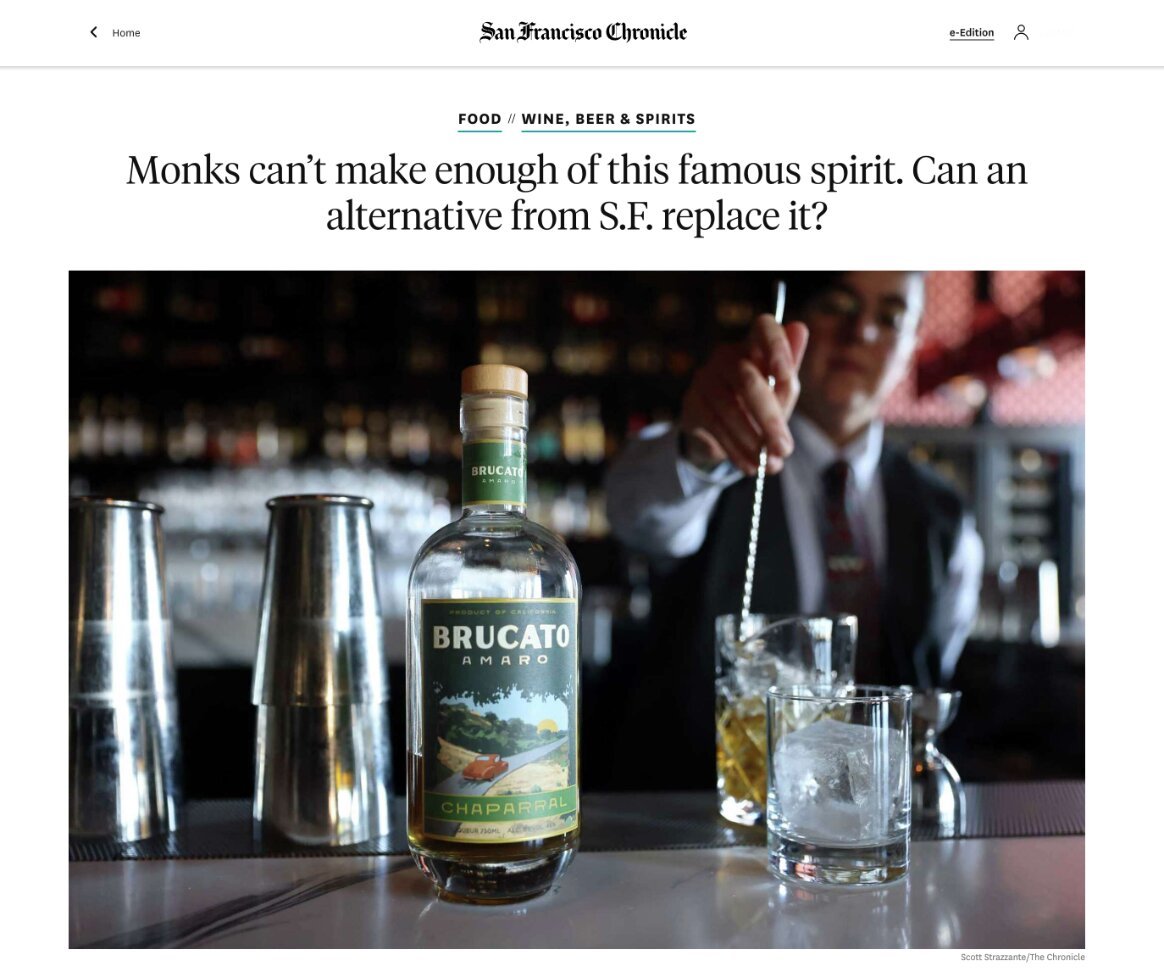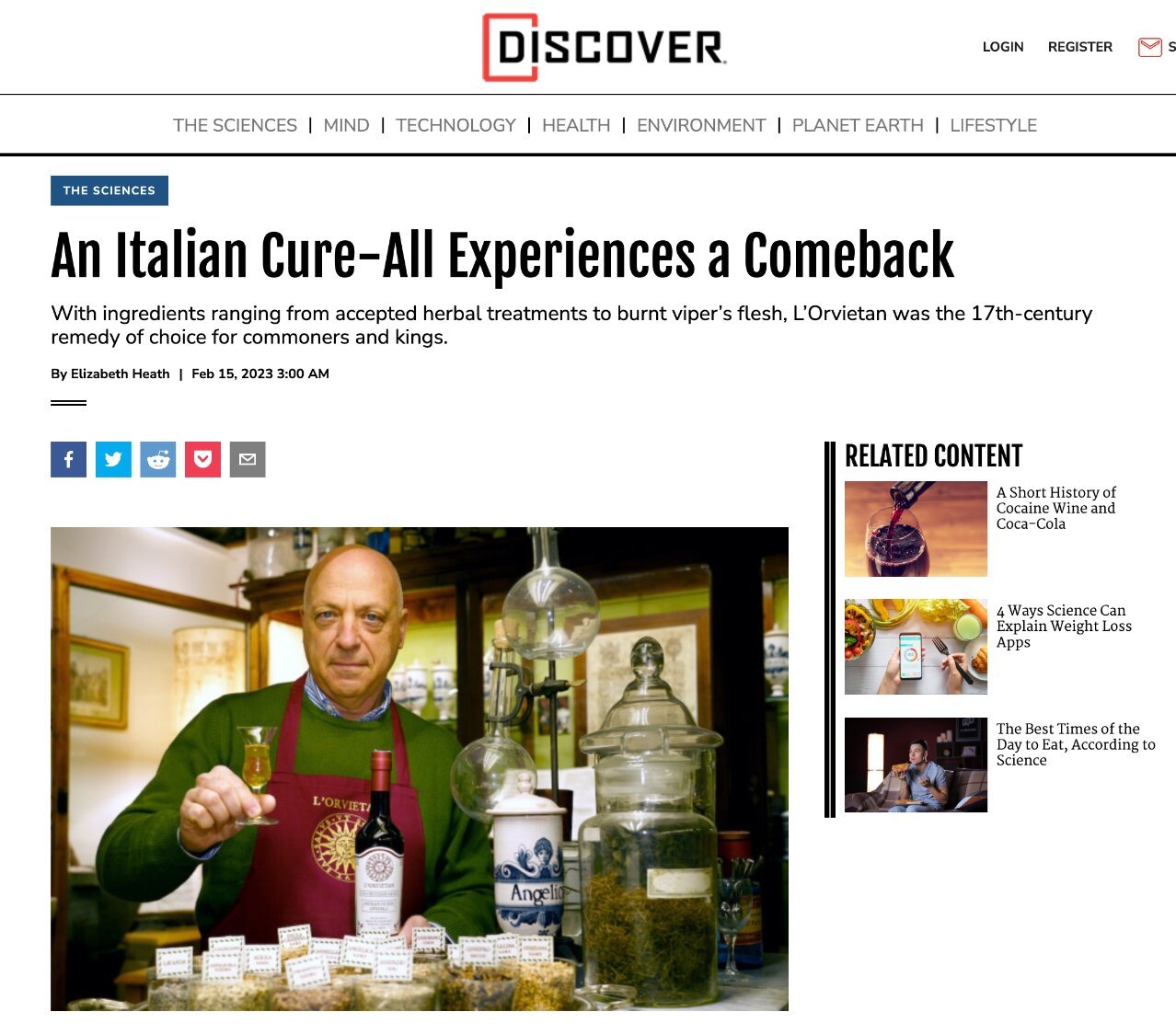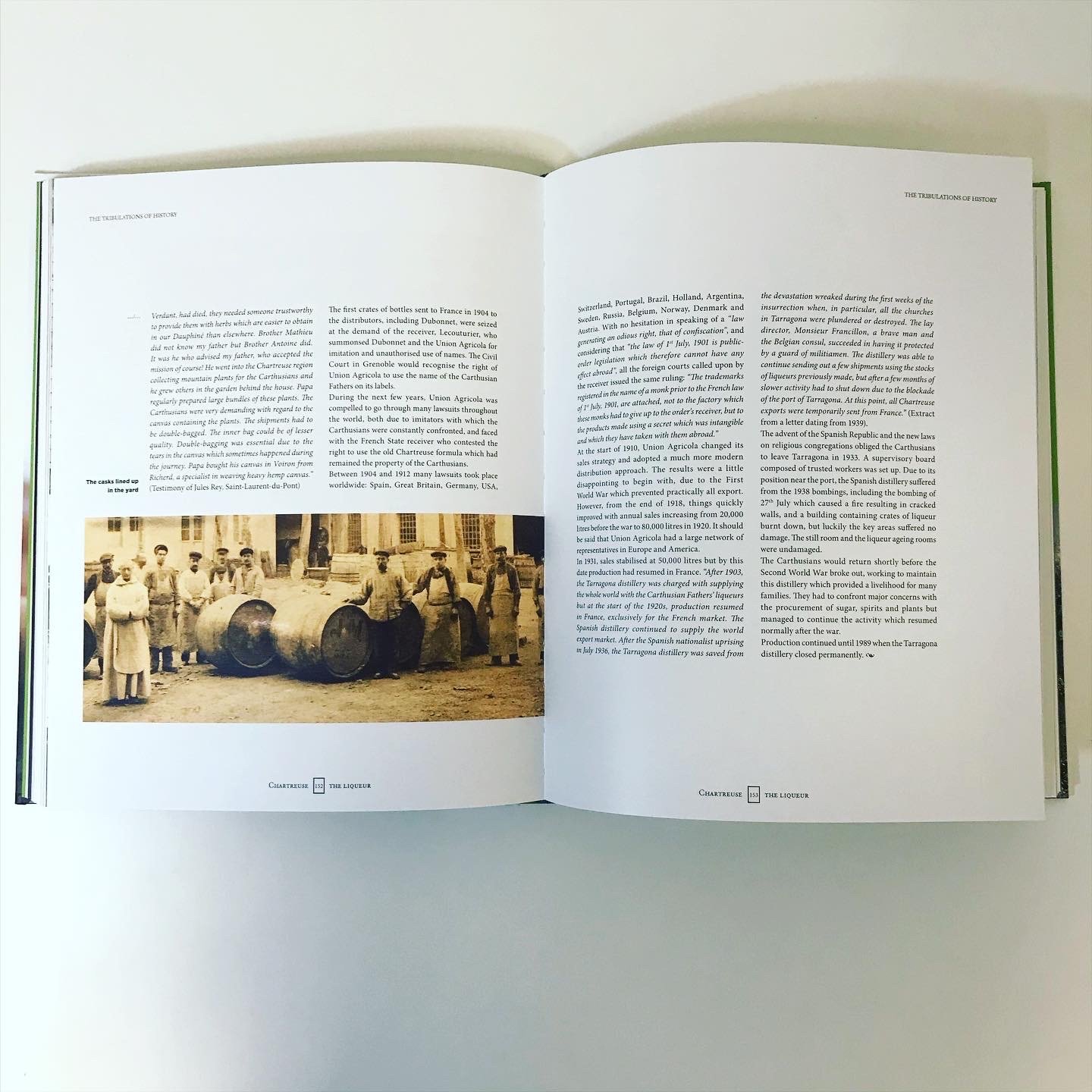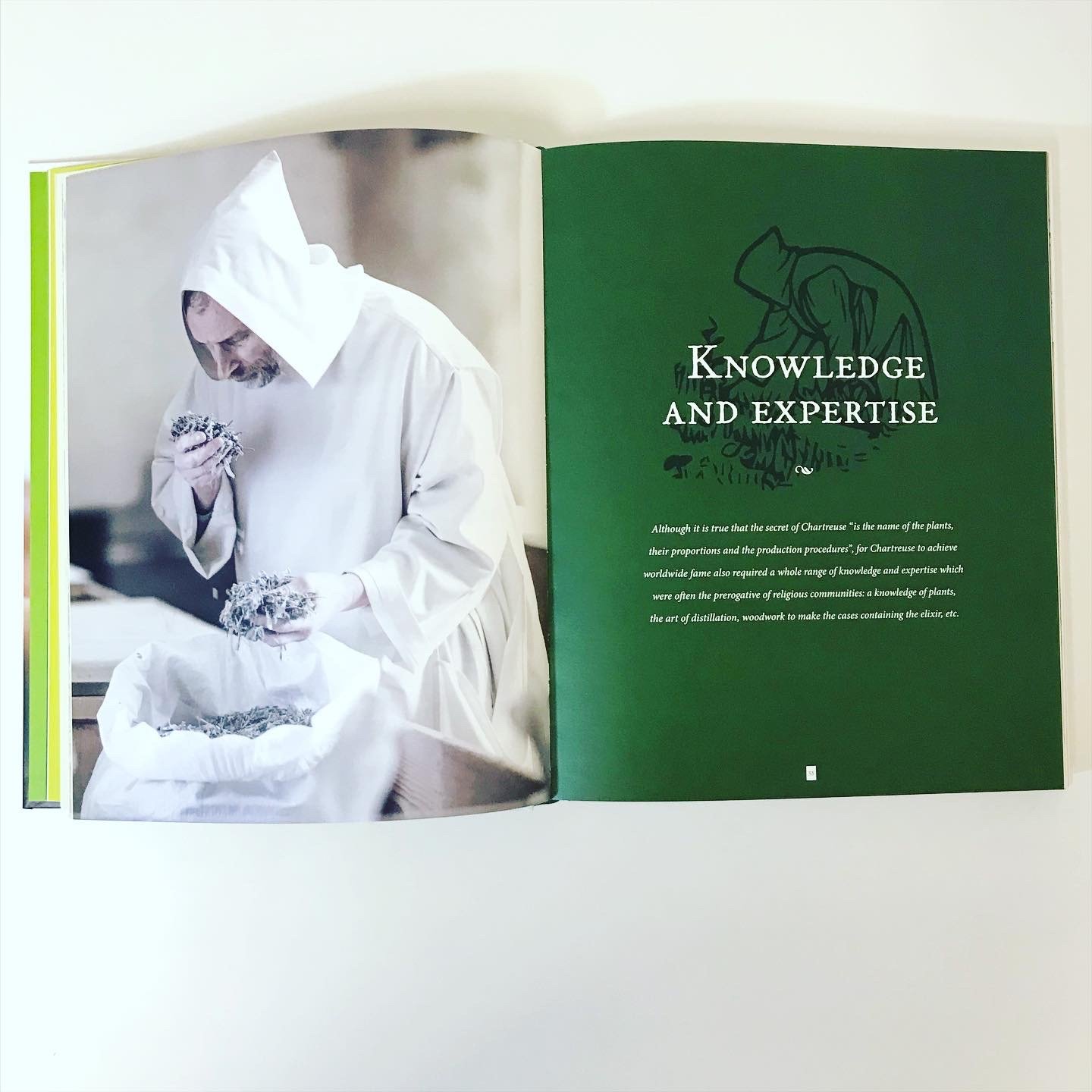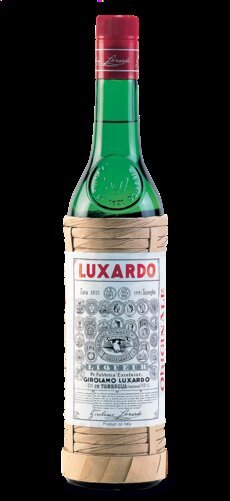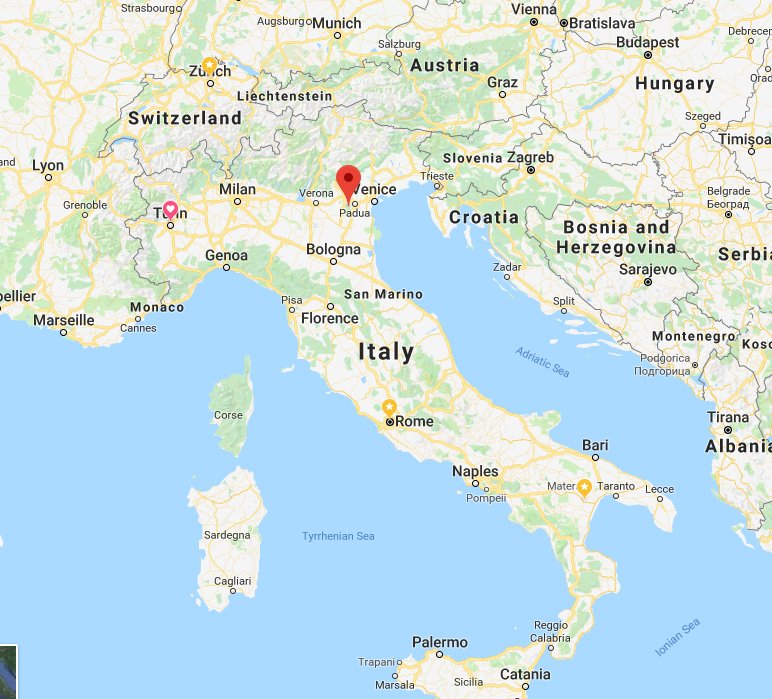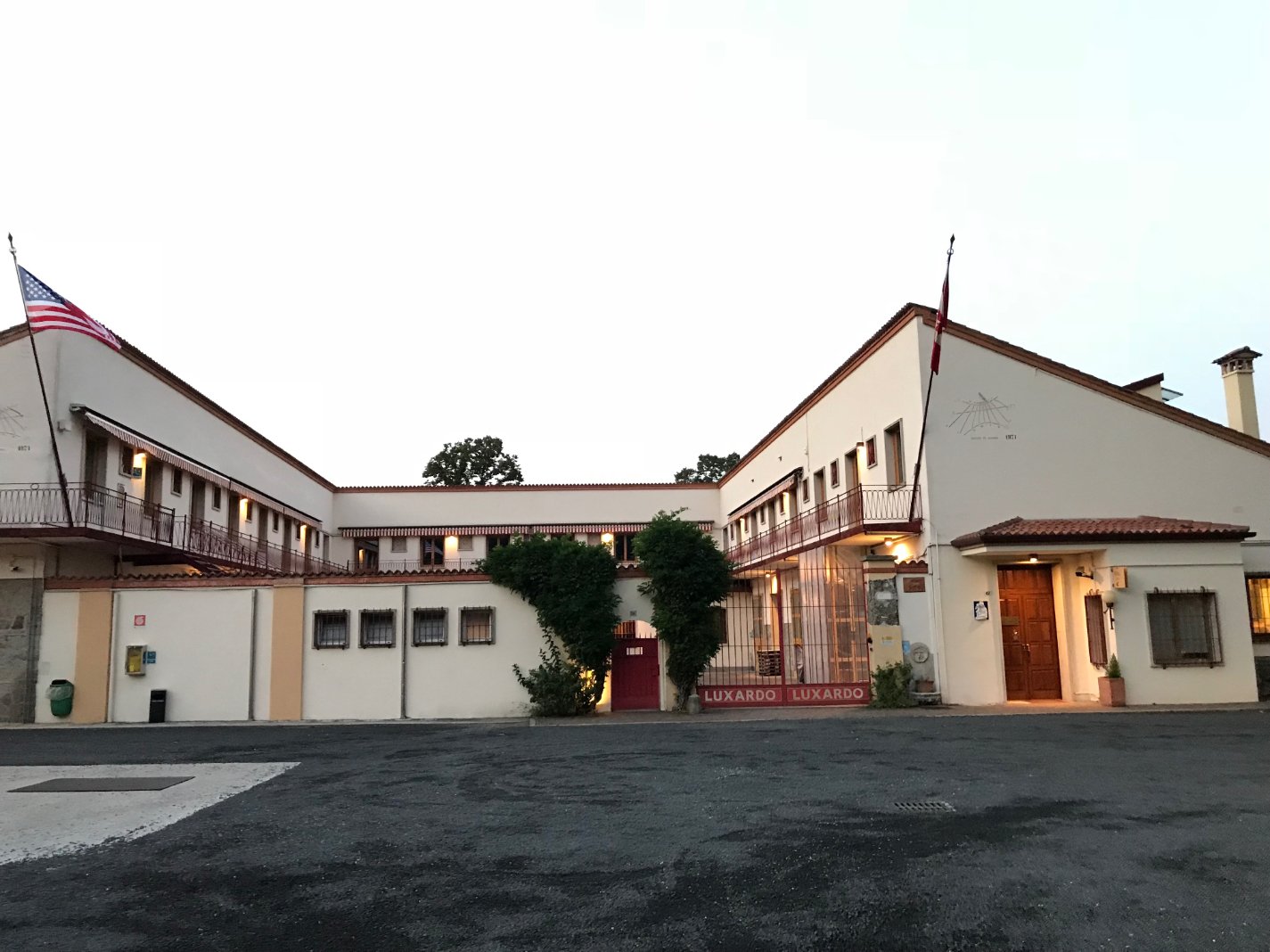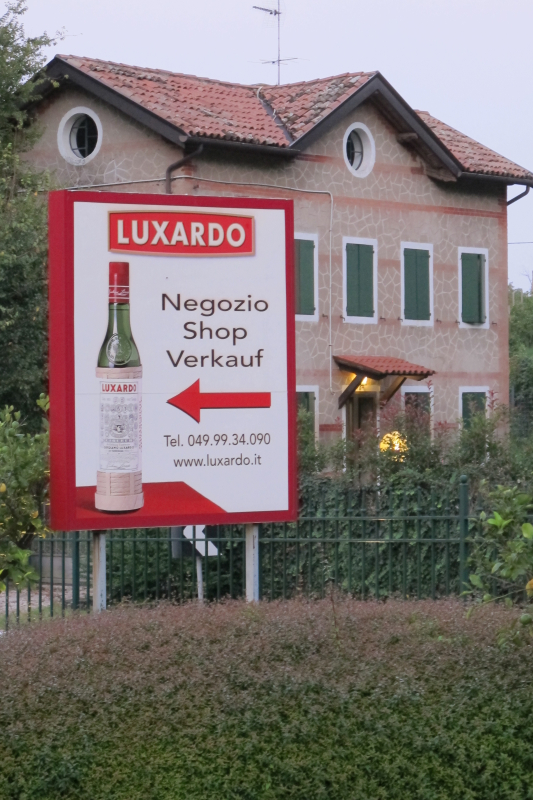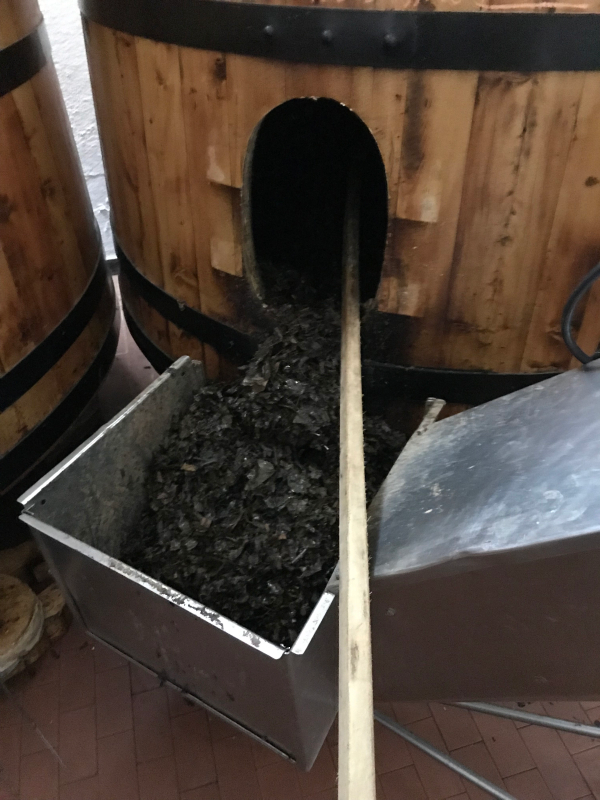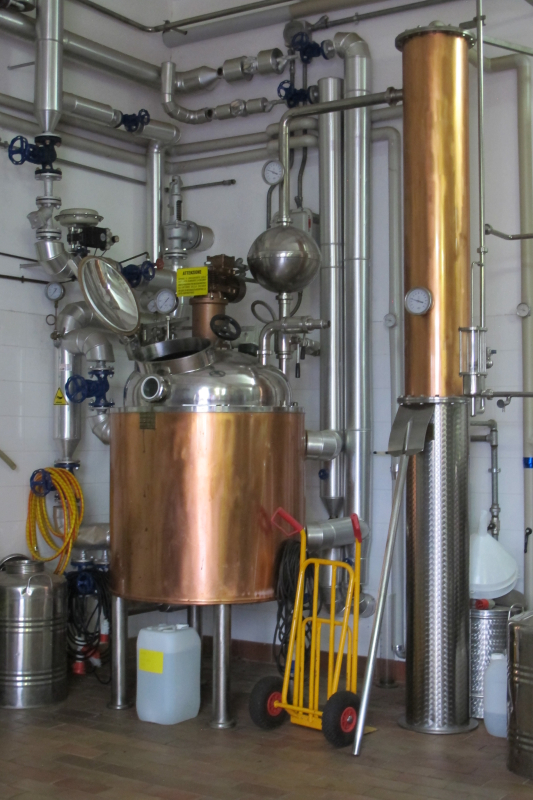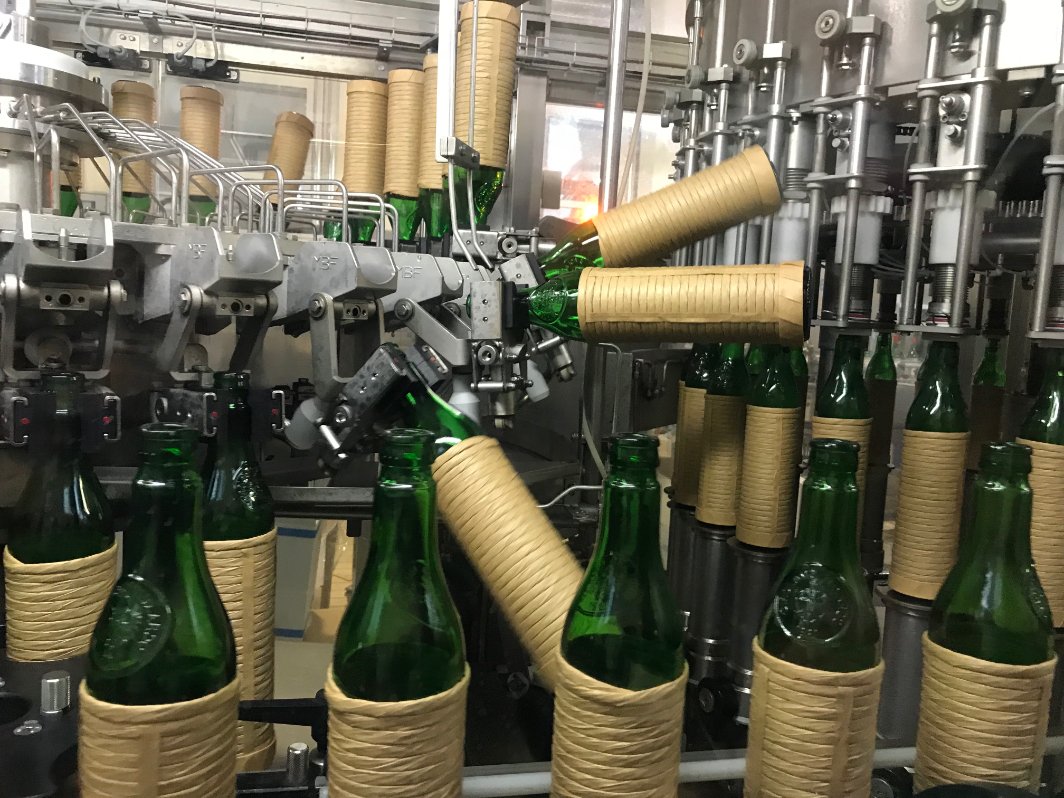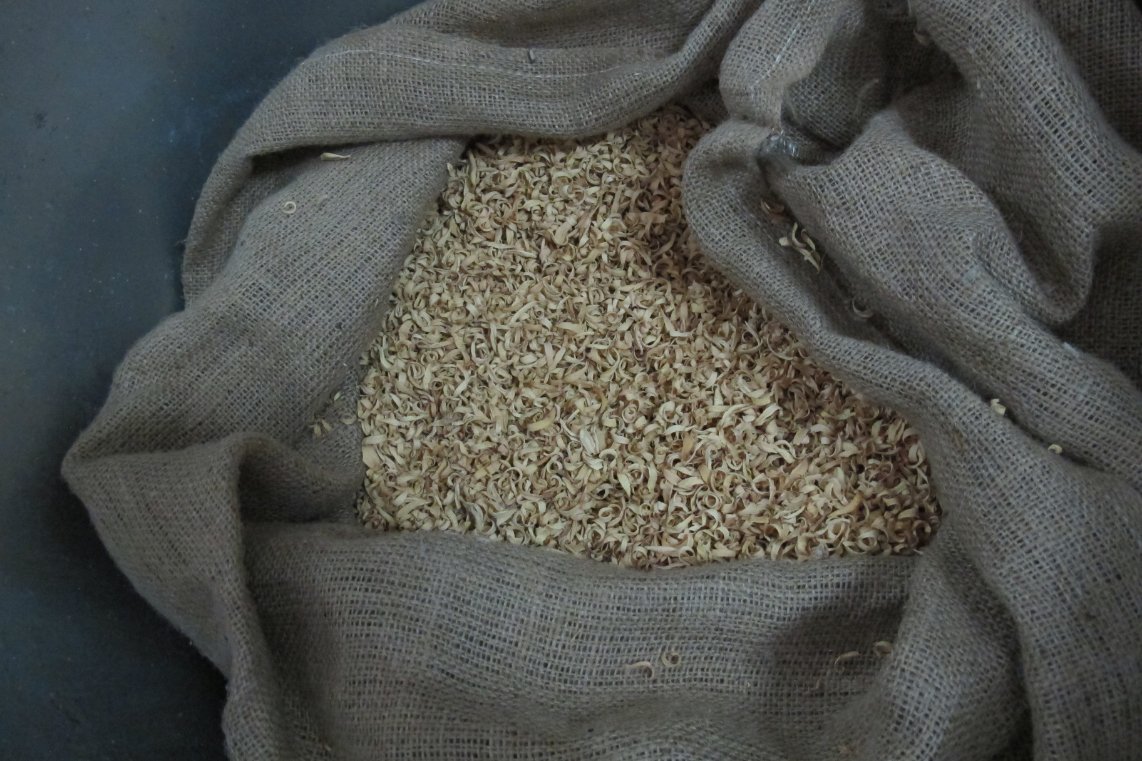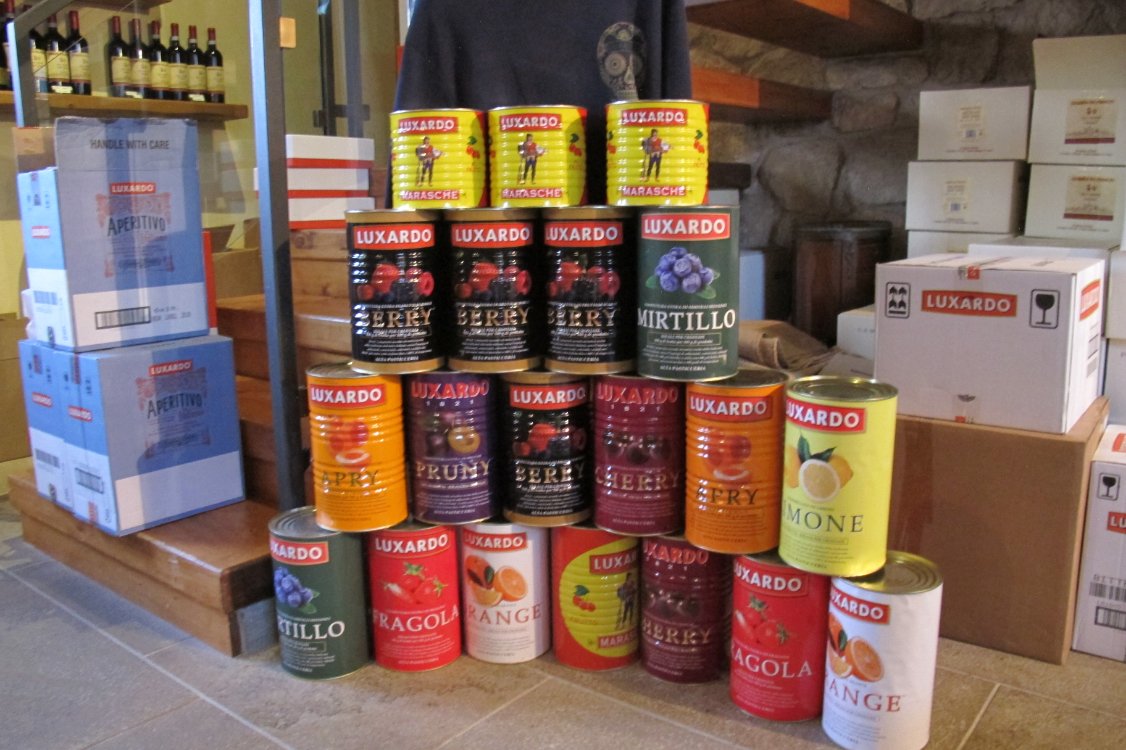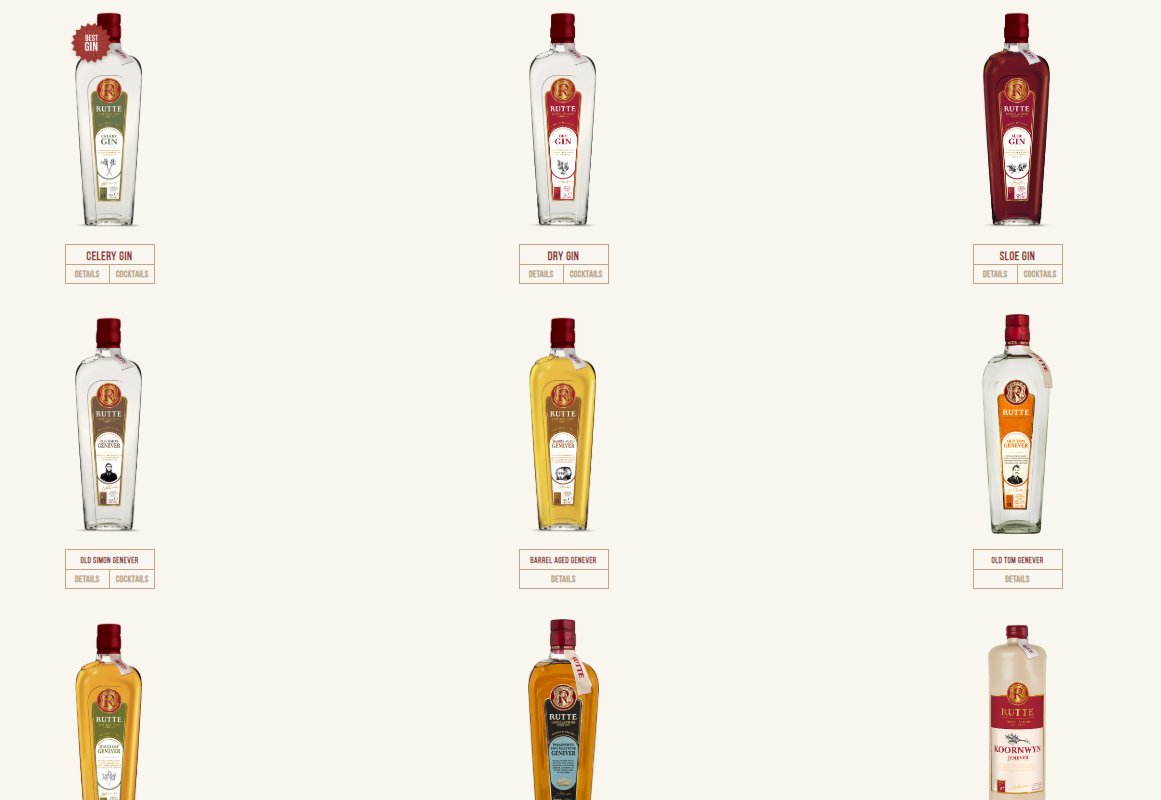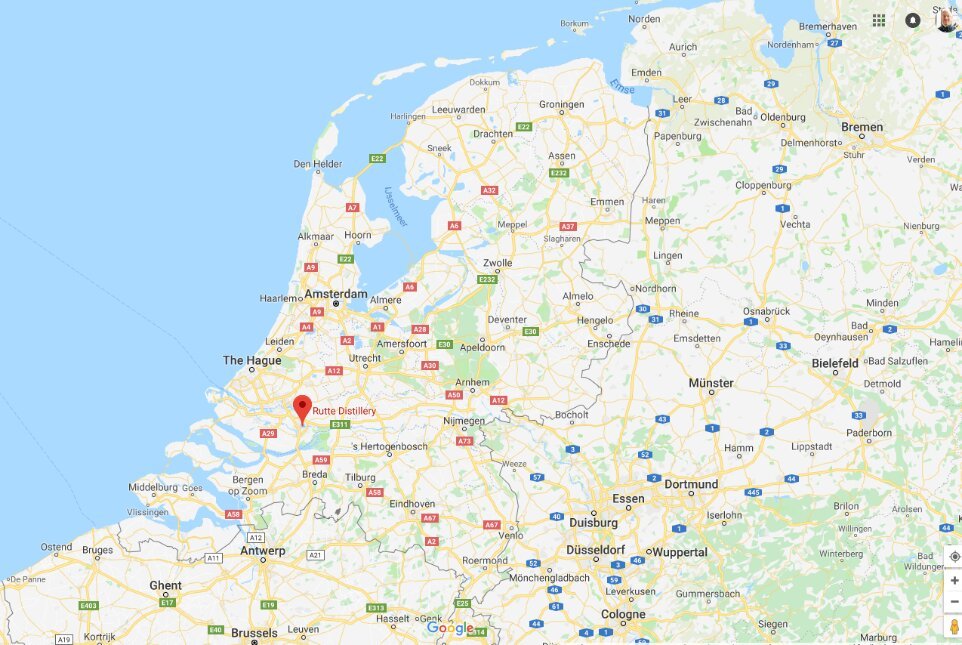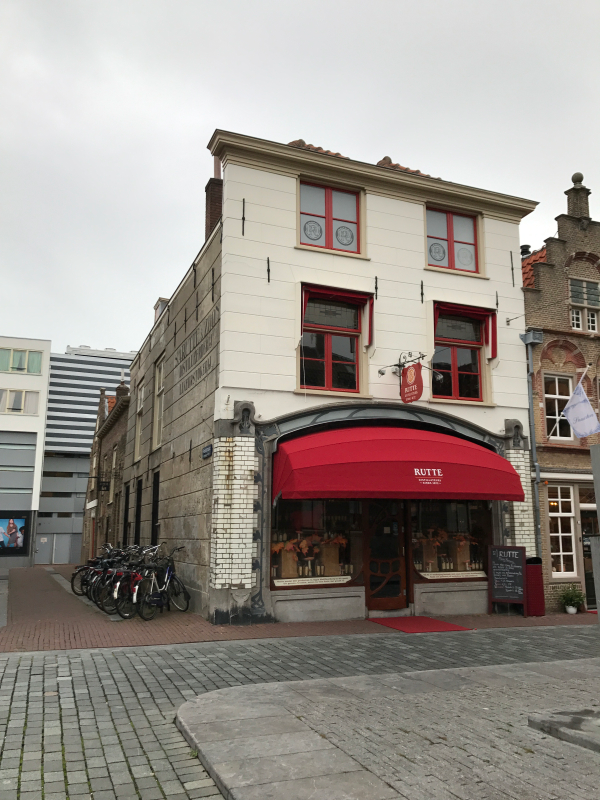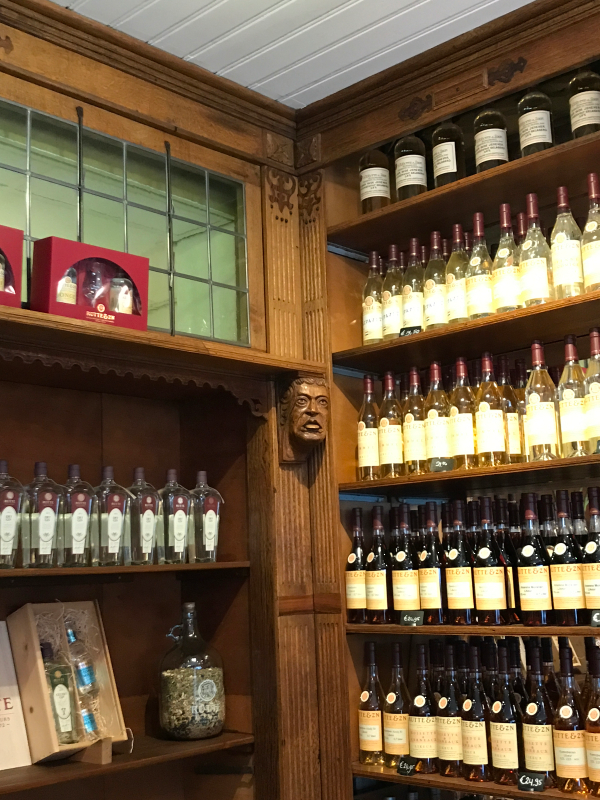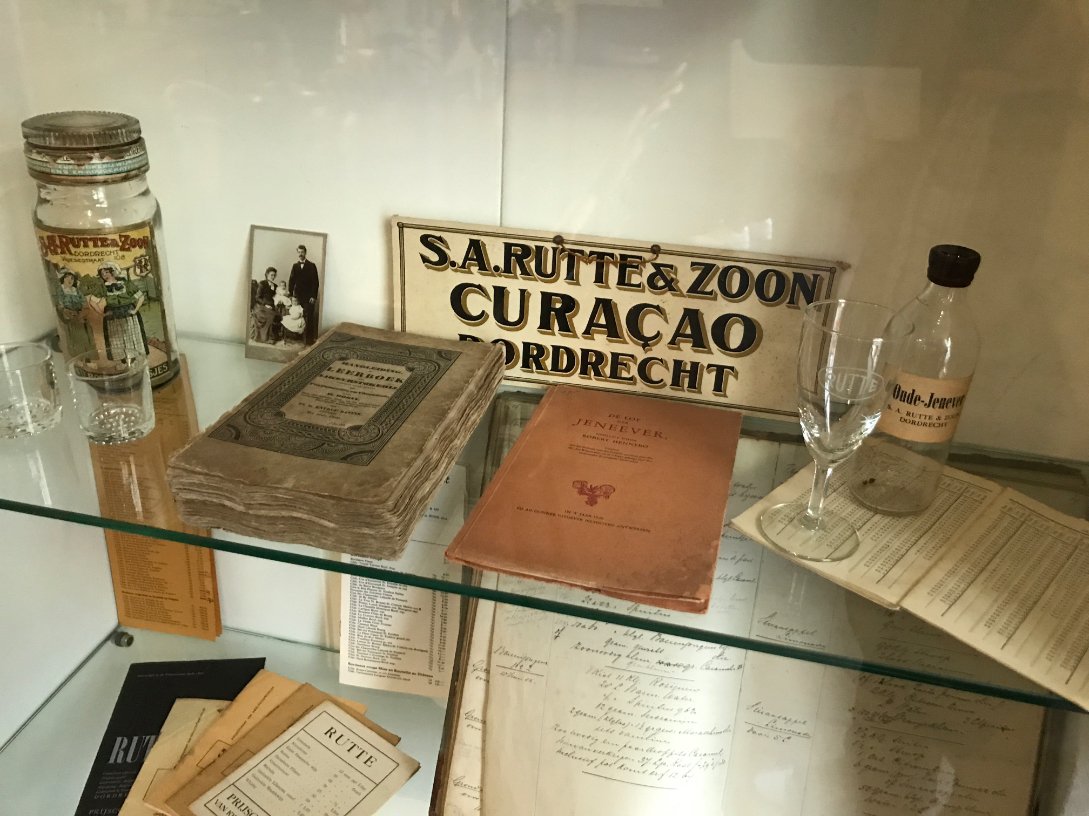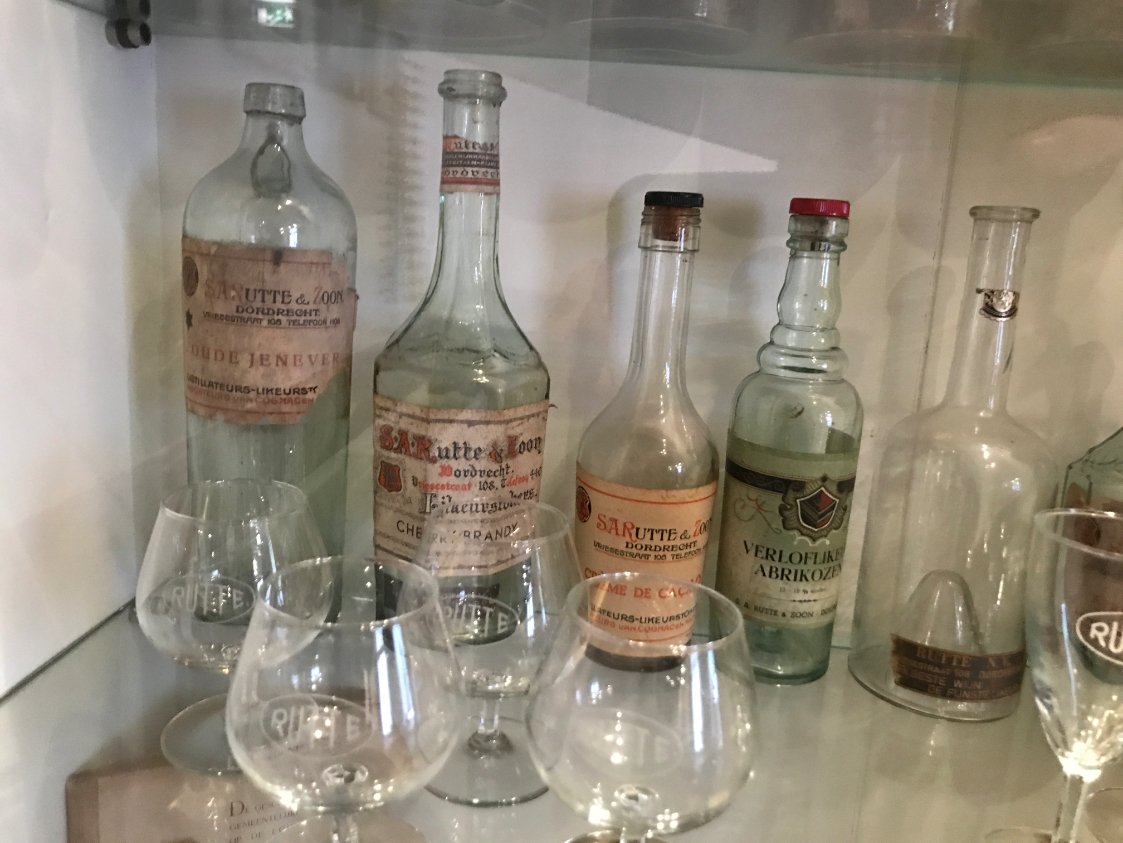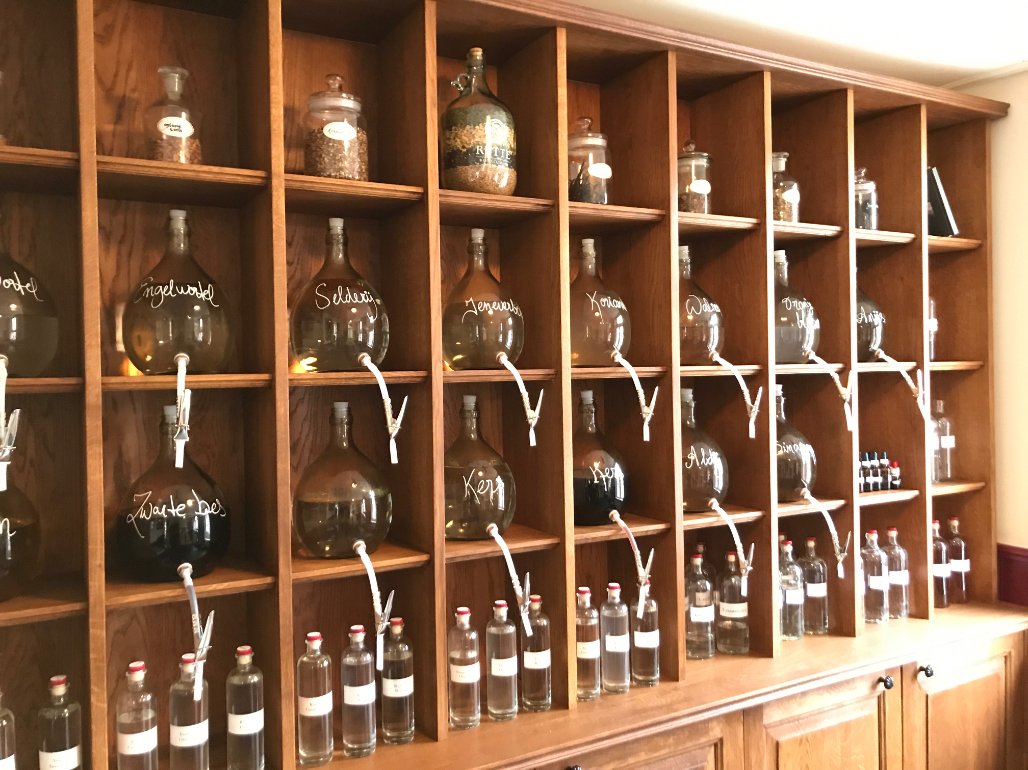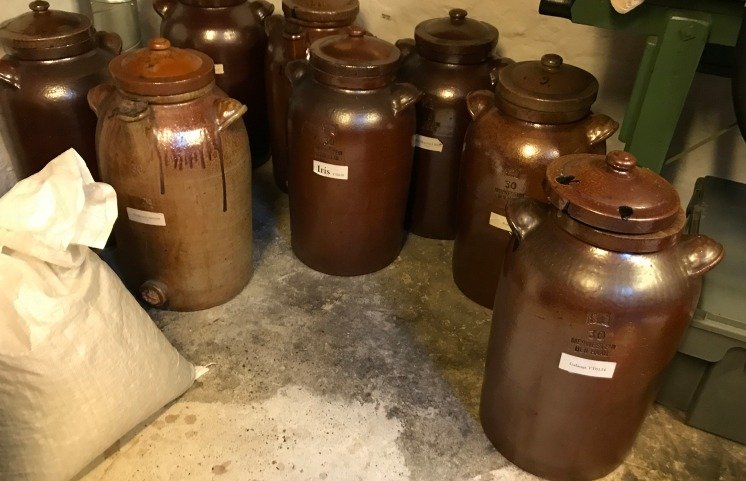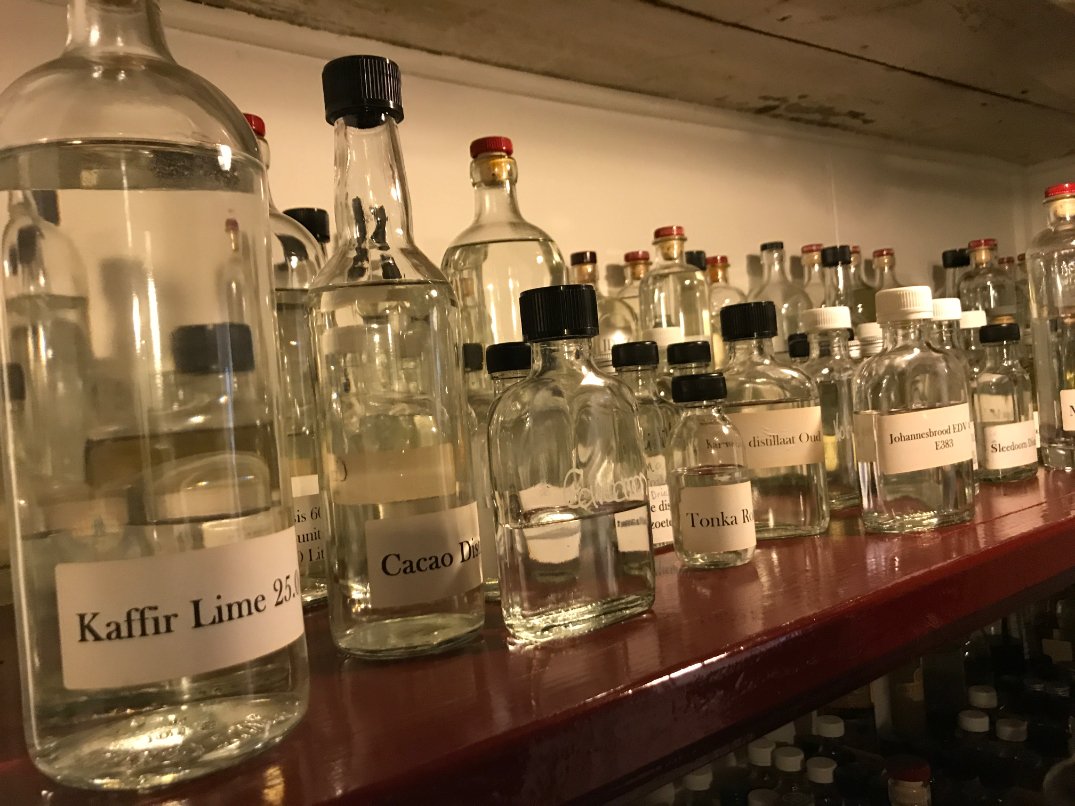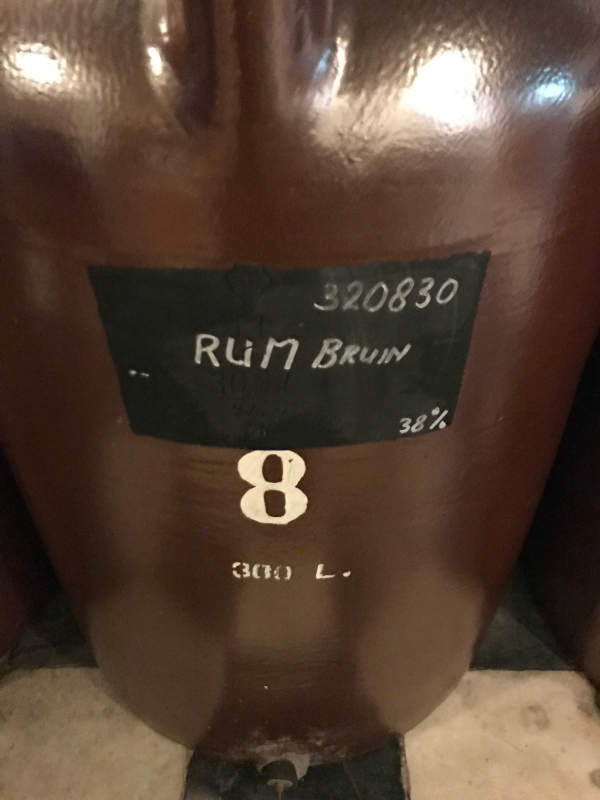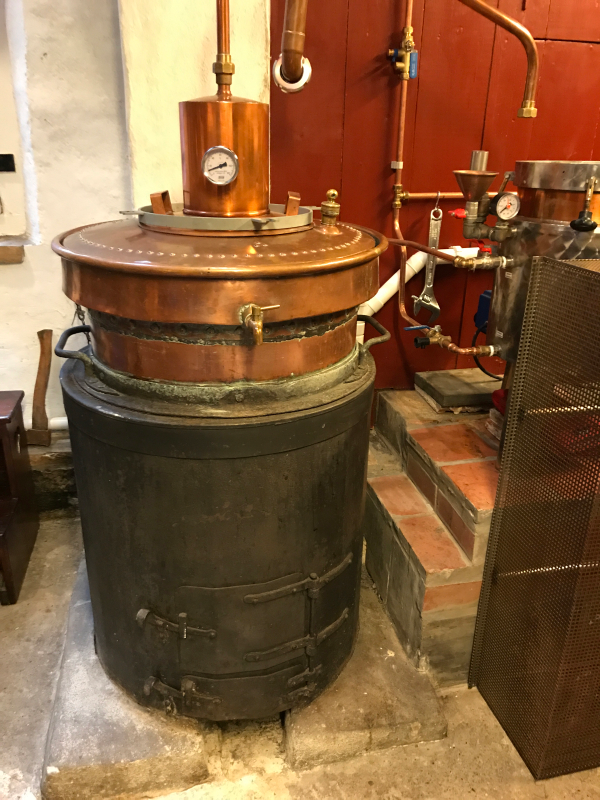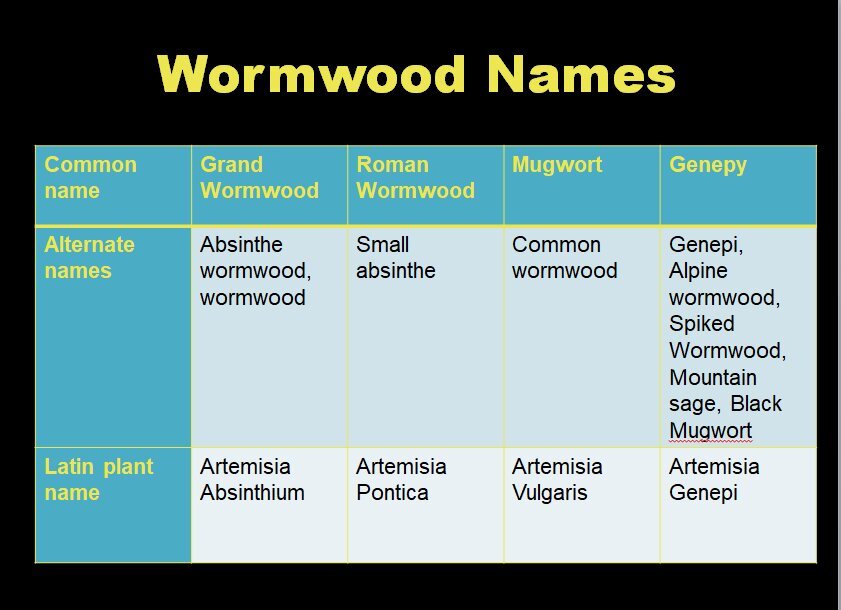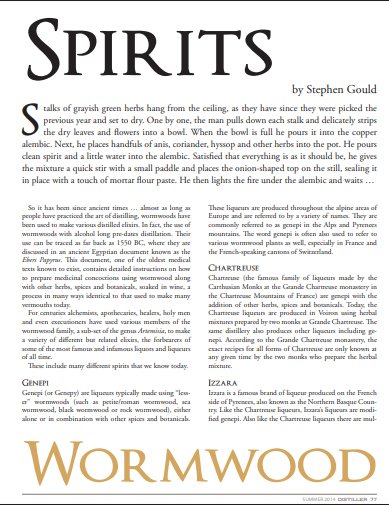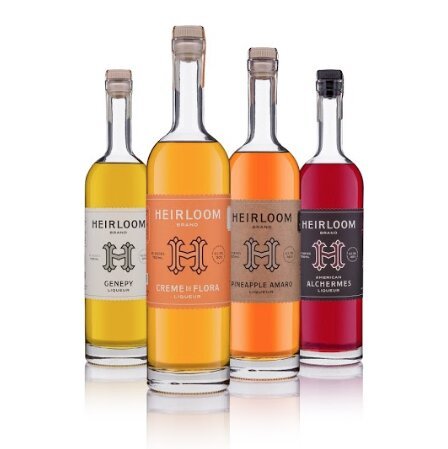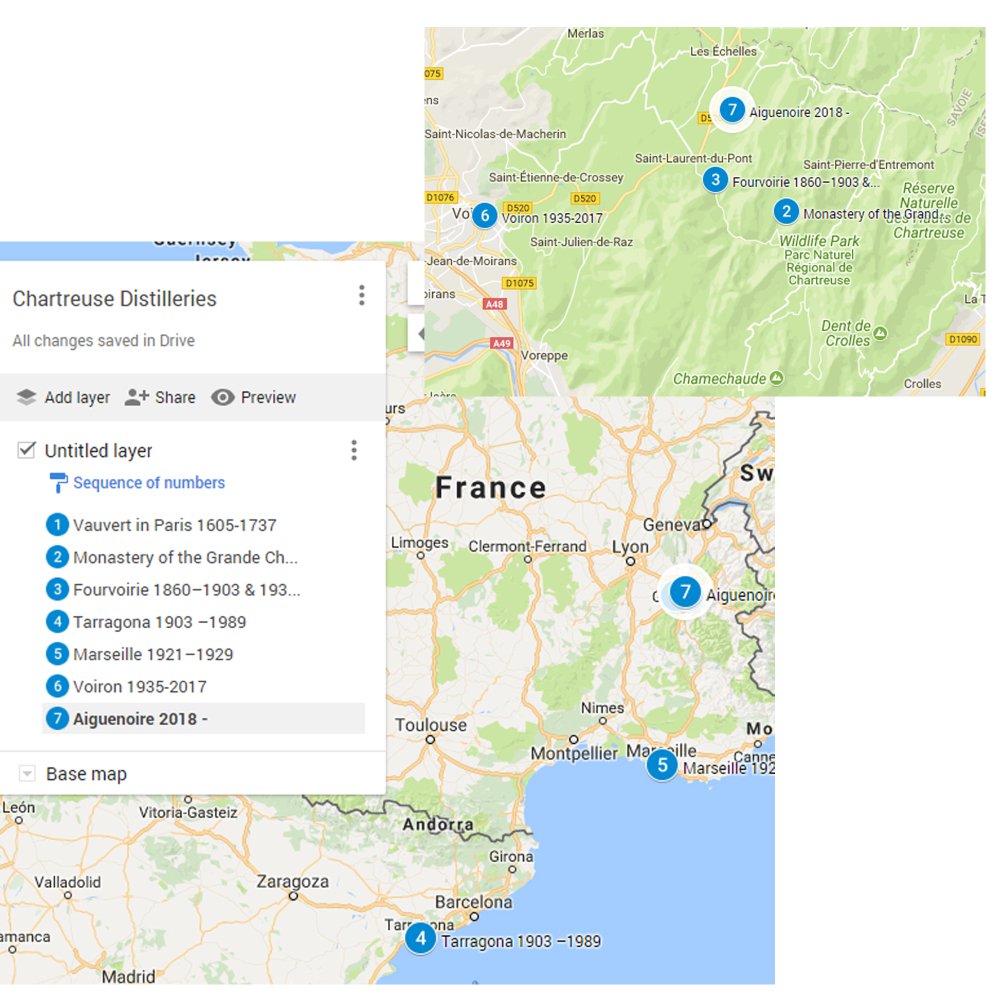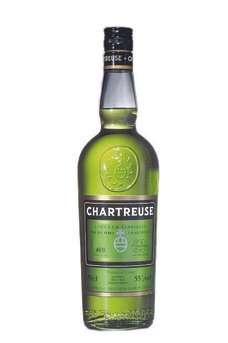Update 2: Now this list is up to 34 books
Update 1: Detailed reviews of many of these books in my story for AlcoholProfessor are here.
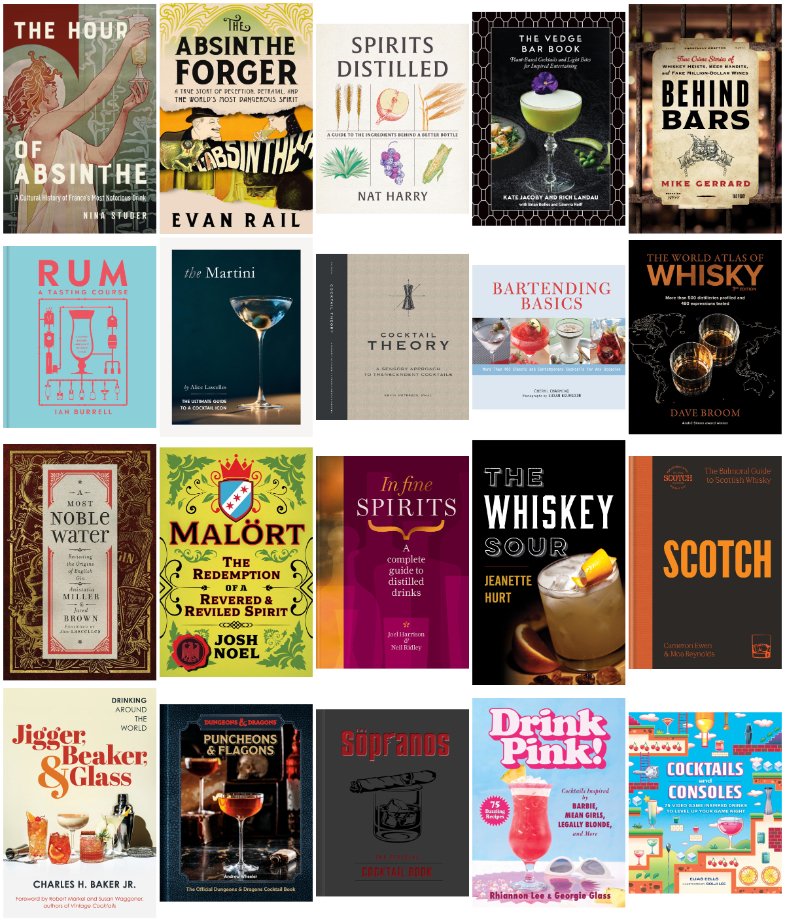
Citrus: A World History
A Forager's Guide to Wild Drinks: Ferments, infusions and thirst-quenchers for every season
Sicilian Cocktails: Contemporary Island Mixology
Flavor Lab Creations: A Physicist’s Guide to Unique Drink Recipes
Cocktails from the Crypt: Terrifying Yet Delicious Concoctions Inspired by Your Favorite Horror Films
The Mindful Mocktail: Delicious, Nutritious Non-Alcoholic Drinks to Make at Home
MockTales: 50+ Literary Mocktails Inspired by Classic Works, Banned Books, and More
The Official Yellowstone Bar Book: 75 Cocktails to Enjoy after the Work's Done
Preserved: Drinks: 25 Recipes
The Cocktail Atlas: Around the World in 200 Drinks
Free Spirited: 60 no/low cocktail recipes for the sober curious
The I Love Trader Joe's Cocktail Book
A Forager's Guide to Wild Drinks
The Whiskey Sour: A Modern Guide to the Classic Cocktail by Jeanette Hurt
Rum A Tasting Course: A Flavor-Focused Approach to the World of Rum by Ian Burrell
Malort: The Redemption of a Revered and Reviled Spirit by Josh Noel
The Absinthe Forger: A True Story of Deception, Betrayal, and the World’s Most Dangerous Spirit by Evan Rail
A Most Noble Water: Revisiting the Origins of English Gin by Anistatia R Miller and Jared M Brown
Spirits Distilled: A Guide to the Ingredients Behind a Better Bottle by Nat Harry
Cocktail Theory: A Sensory Approach to Transcendent Drinks by Dr. Kevin Peterson
Behind Bars: True Crime Stories of Whiskey Heists, Beer Bandits, and Fake Million-Dollar Wines by Mike Gerrard
Scotch: The Balmoral guide to Scottish Whisky by Cameron Ewen and Moa Reynolds
Martini: The Ultimate Guide to a Cocktail Icon by Alice Lascelles
The Hour of Absinthe: A Cultural History of France's Most Notorious Drink
The Vedge Bar Book: Plant-Based Cocktails and Light Bites for Inspired Entertaining by Rich Landau and Kate Jacoby
The Sopranos: The Official Cocktail Book by Sarah Gualtieri and Emma Carlson Berne
Drink Pink!: Cocktails Inspired by Barbie, Mean Girls, Legally Blonde, and More by Rhiannon Lee and Georgie Glass
Puncheons and Flagons: The Official Dungeons & Dragons Cocktail Book
Cocktails and Consoles: 75 Video Game-Inspired Drinks to Level Up Your Game Night by Elias Eells
New Editions and Reprints
Jigger, Beaker, & Glass: Drinking Around the World by Charles H. Baker Jr.
Bartending Basics: More Than 400 Classic and Contemporary Cocktails for Any Occasion by Cheryl Charming
In Fine Spirits: A Complete Guide to Distilled Drinks by Joel Harrison and Neil Ridley
The World Atlas of Whisky 3rd Edition by Dave Broom
